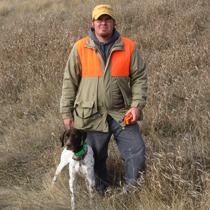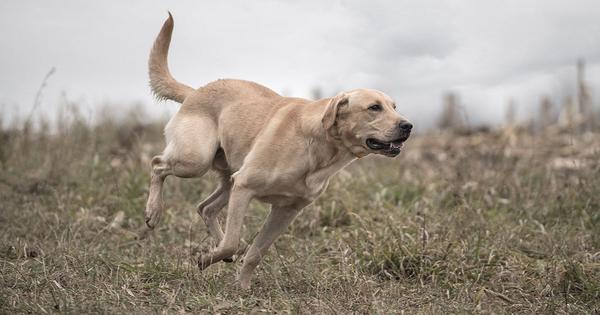
Habitat is Key
Posted by Aaron RobinsonYou’re likely aware of the famous phrase by Benjamin Franklin who stated, “In this world nothing can be said to be certain, except death and taxes.” Now to an upland bird enthusiast I would amend this to say, “Nothing is certain in the world of upland game, except changing weather”. Over the years you have probably experienced the cyclic nature of upland game birds. Some species such as forest grouse tend to follow a fairly regimented cycle of ups and downs. Other species can trend upward for multiple years and collapse in only one short season. Why does this tend to happen on the years we plan an out-of-state trip? It must be karma, right? Perhaps for some that may play a part, but for most it is nothing short of the constant certainty of changing weather from year to year. In my years of research you can find numerous citations about the cyclic nature of upland game populations, what goes up must come down as they say. As a hunter we look forward to those “boom” years when there seems to be a covey under ever bush and we get more points in one hunt than we did the whole past season.
I have been studying the population dynamics of sharp-tailed grouse. An interesting thing we have discovered is in some areas the “boom” years are what drive the population. The graph below is real data of sharp-tailed grouse spring dancing ground counts for the last 45 years. When the point is above 1 the population is increasing when it’s below 1 the population of grouse is decreasing. The amplitude (or distance the point is from 1) is large looking at points above 1 compared to those points below 1. Additionally there are almost 2 points below 1 compared to every point above 1. What that means is that most years the population is decrease and the only thing keeping this particular population stable is those “boom” years that bolster the population and prepare it for the coming down years.
You may ask what is causing those boom years. The answer is not as straight forward as one might think. It’s a combination of factors some that we can’t control and some that we can. One thing we can’t control is weather events that are always changing and variable from year to year. The other which we CAN control is habitat. We can’t change the weather but we can make sure the habitat is there for the birds when the right combinations of weather events occur roughly once every decade. Currently congress is in the middle of a fight to reduce the national deficit and one item on the agenda is the 2012 Farm Bill. Contained in the Farm Bill is the Conservation Reserve Program or “CRP”. CRP is the catalyst behind most upland bird species, it provides critical nesting habitat for millions of waterfowl and upland game birds. Congress wants to cut the number of acres significantly in the new Farm bill which will have a devastating effect on the birds. If we don’t have the habitat when we get the right weather we will not have the “boom” in the population. Write your congressmen and senators and encourage them to continue and support the current CRP acreage in the new farm bill.
About Aaron
Aaron Robinson is an upland game biologist for the North Dakota Game and Fish Department and is currently working on a PhD studying sharp-tailed grouse ecology. He completed a MS studying Chukar partridge in Utah and is currently a ProStaff for SportDOG. He breeds German Shorthair pointers and trains all pointing breeds.

Aaron Robinson
New England, ND
Aaron has a long history of dog training and upland bird hunting. His passion was so great he pursued a master’s degree in Wildlife Biology. He has an education in upland game ecology and management. He has presented numerous technical papers about upland birds. Aaron was a board member for...
Related Articles

Introducing Your Retriever to Upland Hunting
by Rick Grant
One of the most common questions I’m asked when I’m doing training demonstrations for SportDOG is this one: “How do I keep my retriever hunting in range?” Without a doubt, keeping your dog from getting too far out in front of you when he gets on the scent of a...

Upland Hunting in High Cover - Video
by The SportDOG Staff
In this SportDOG Training Tip (originally aired on Pheasants Forever Television) SportDOG Senior Pro Staffer Tom Dokken gives tips on using remote beeper to track and train your hunting dog.
